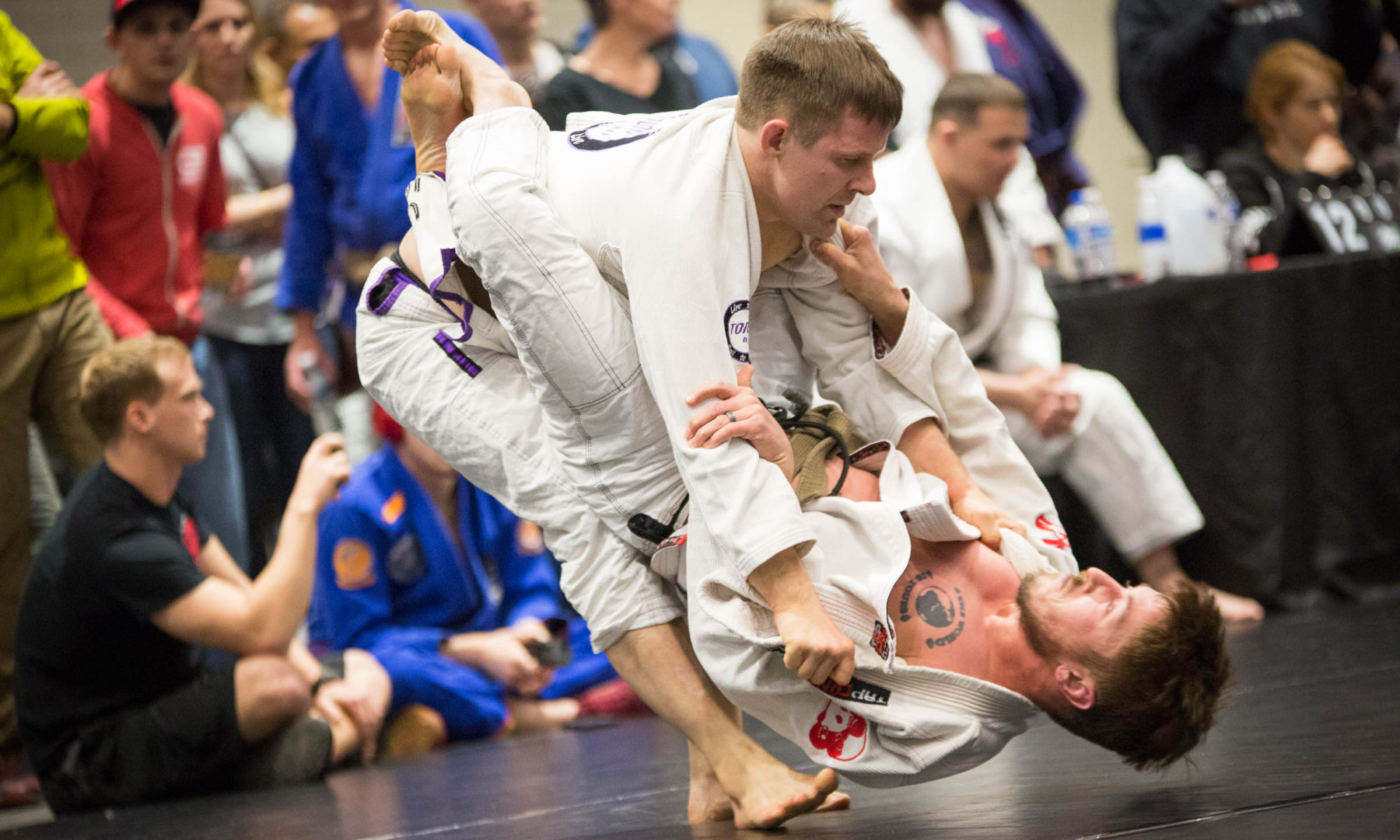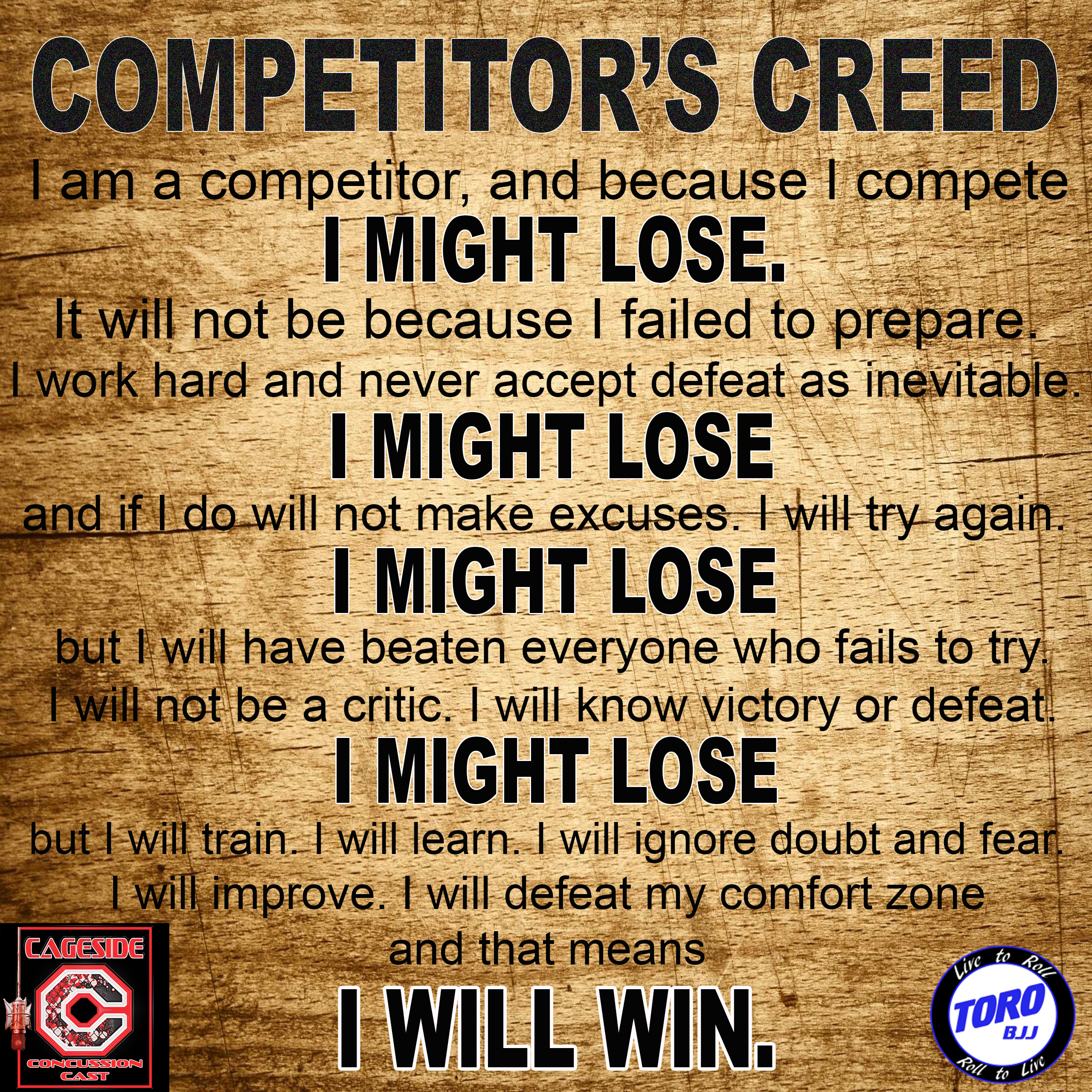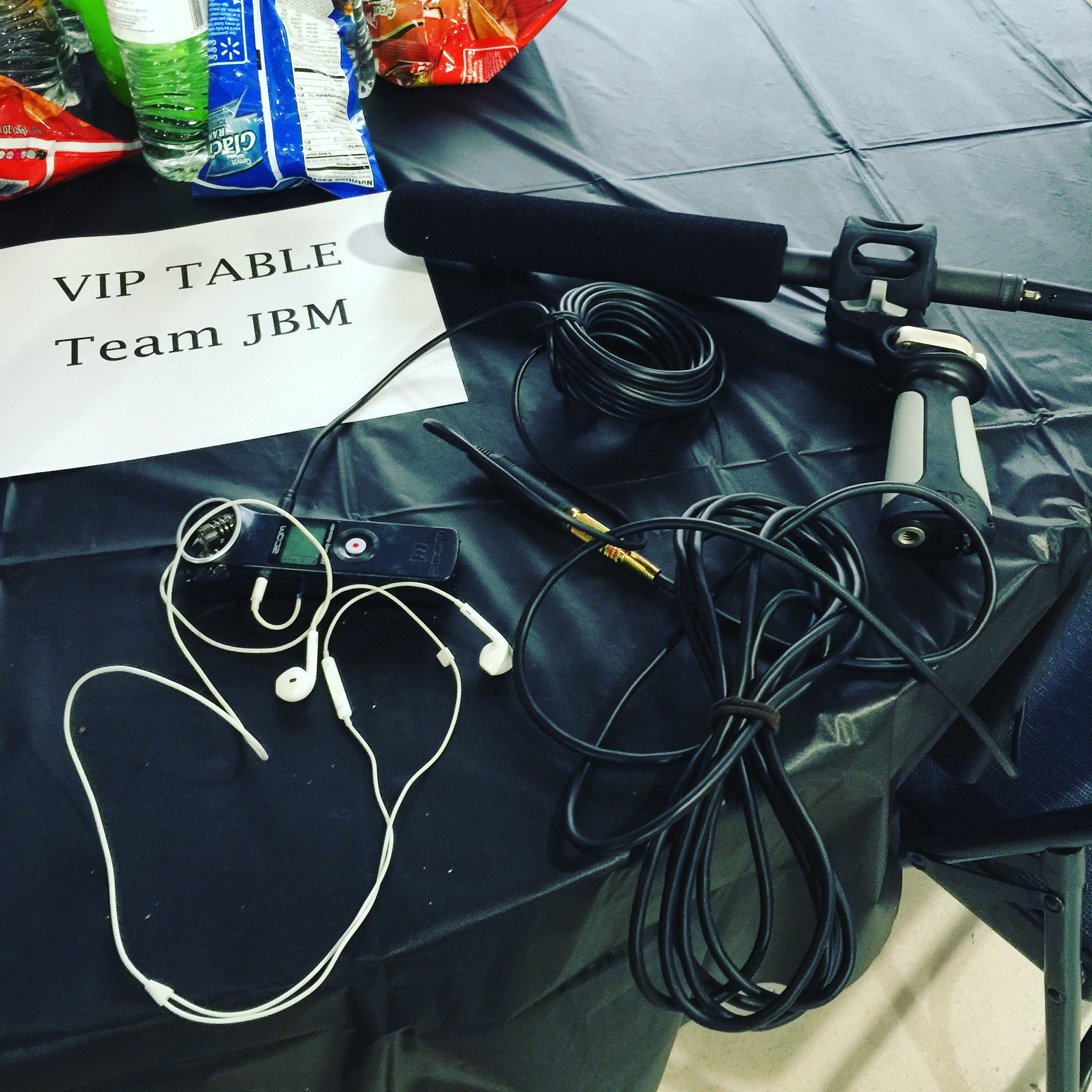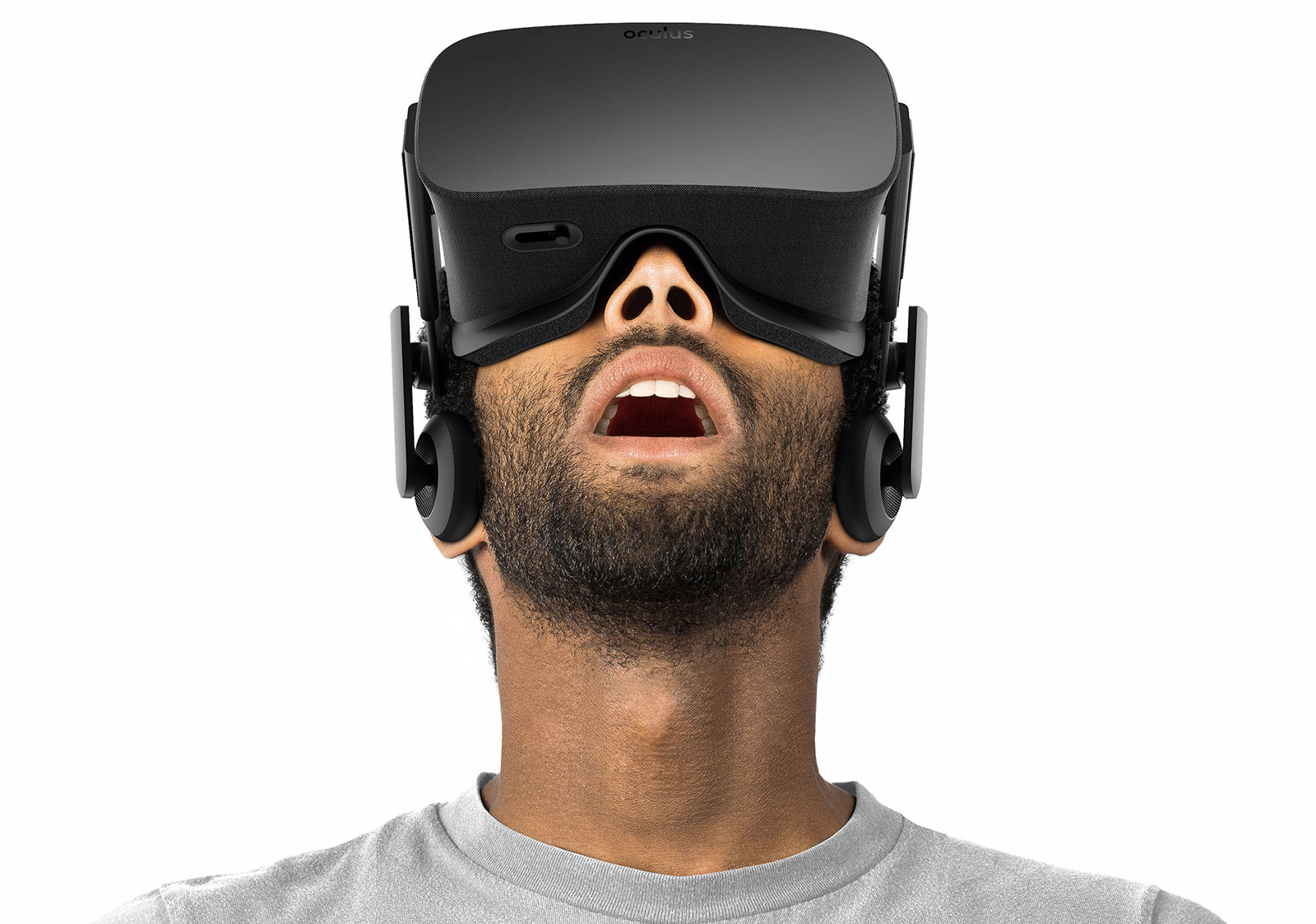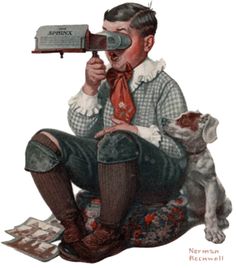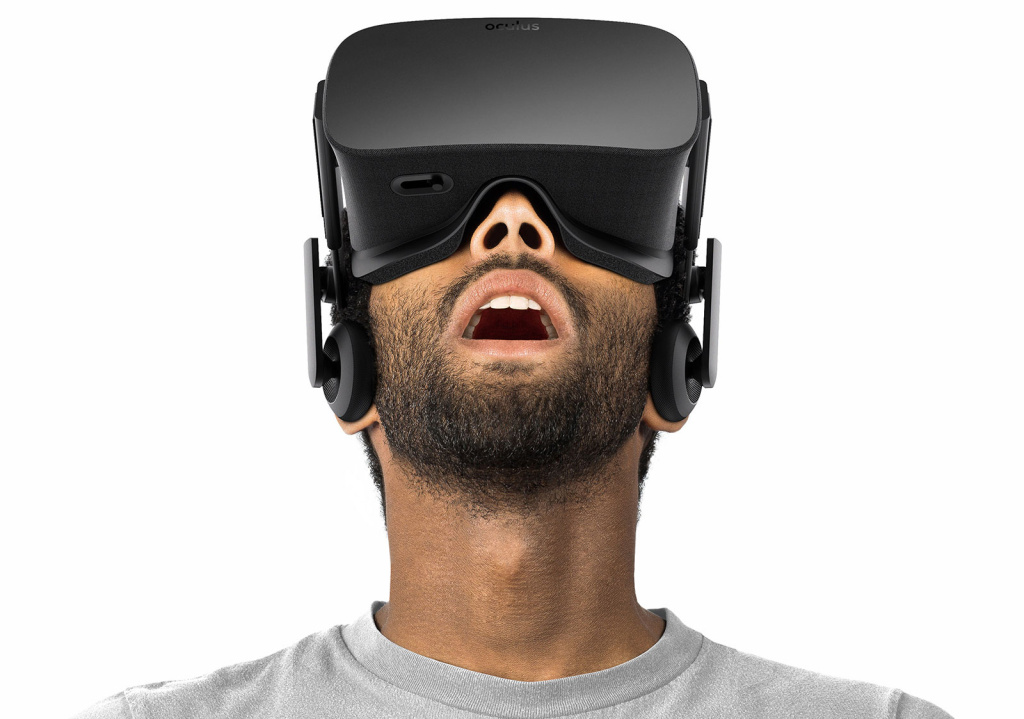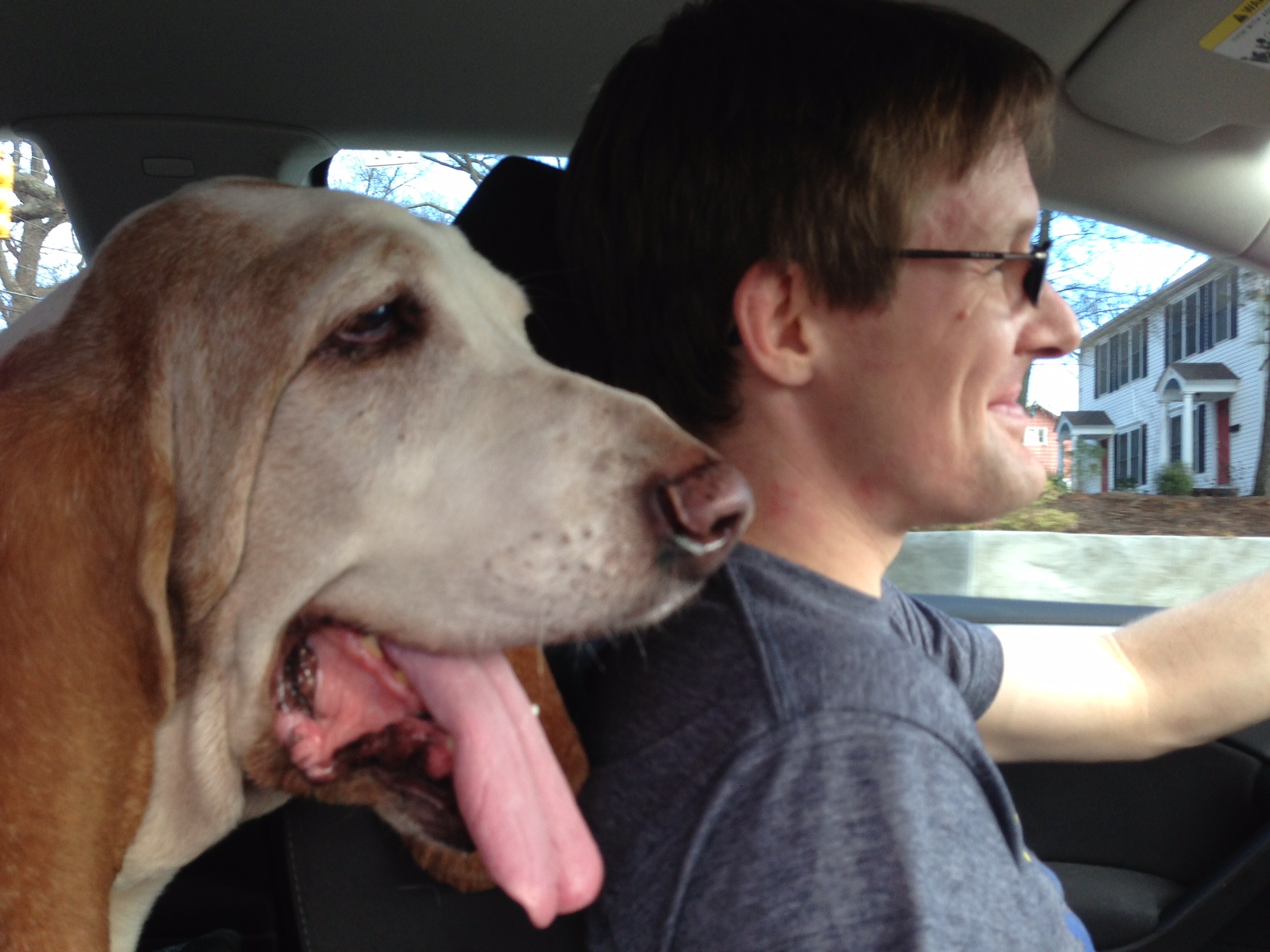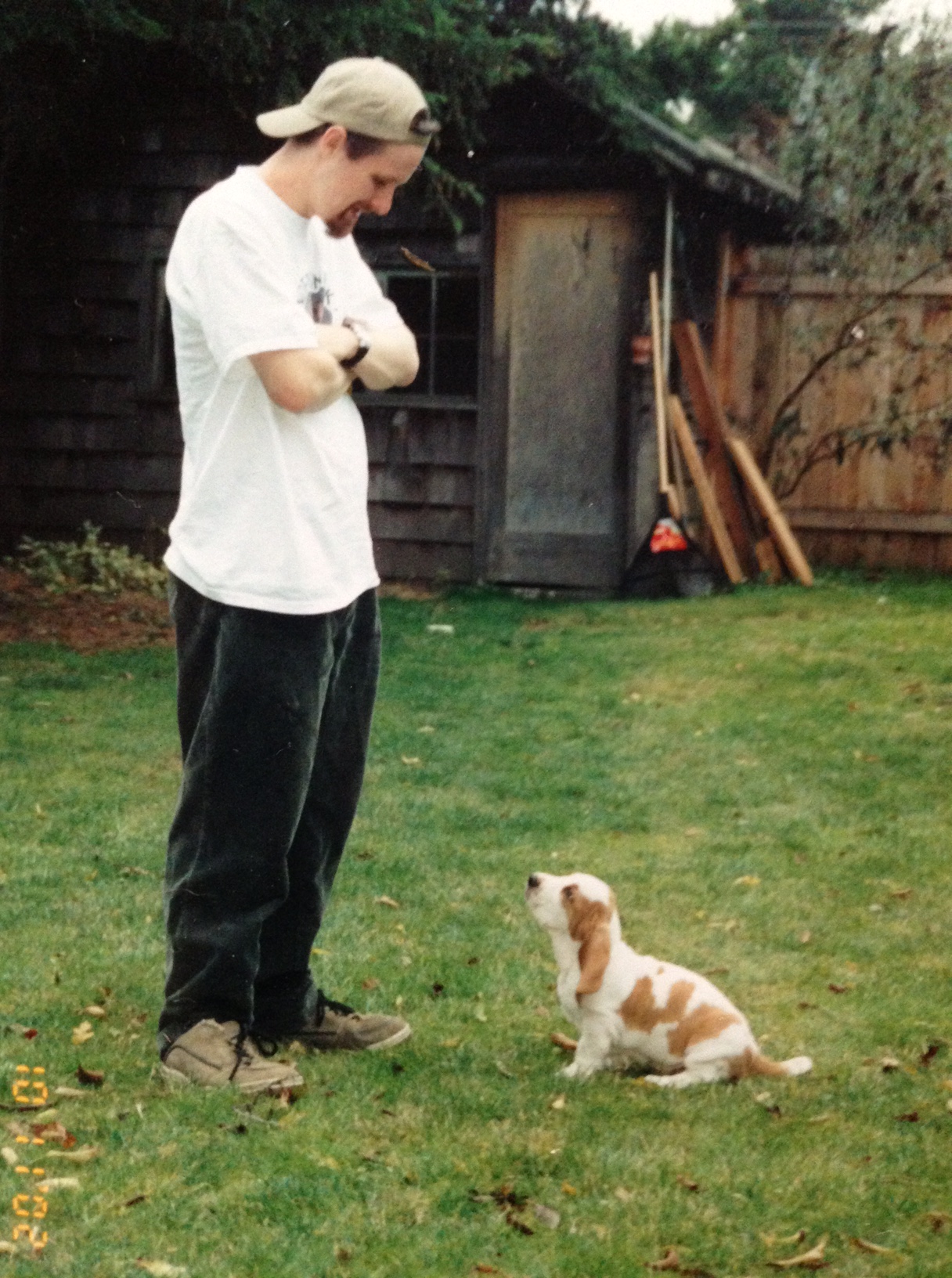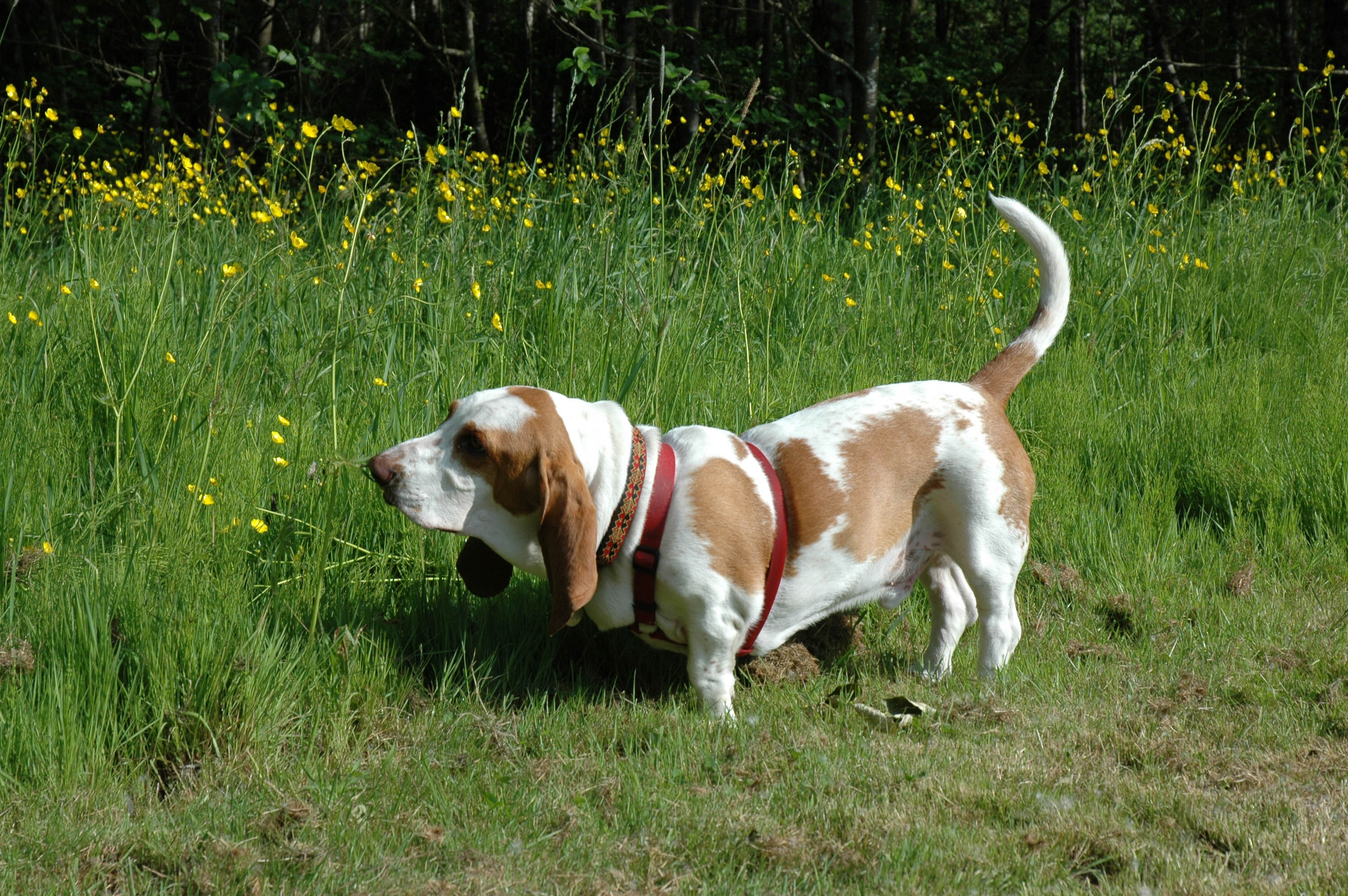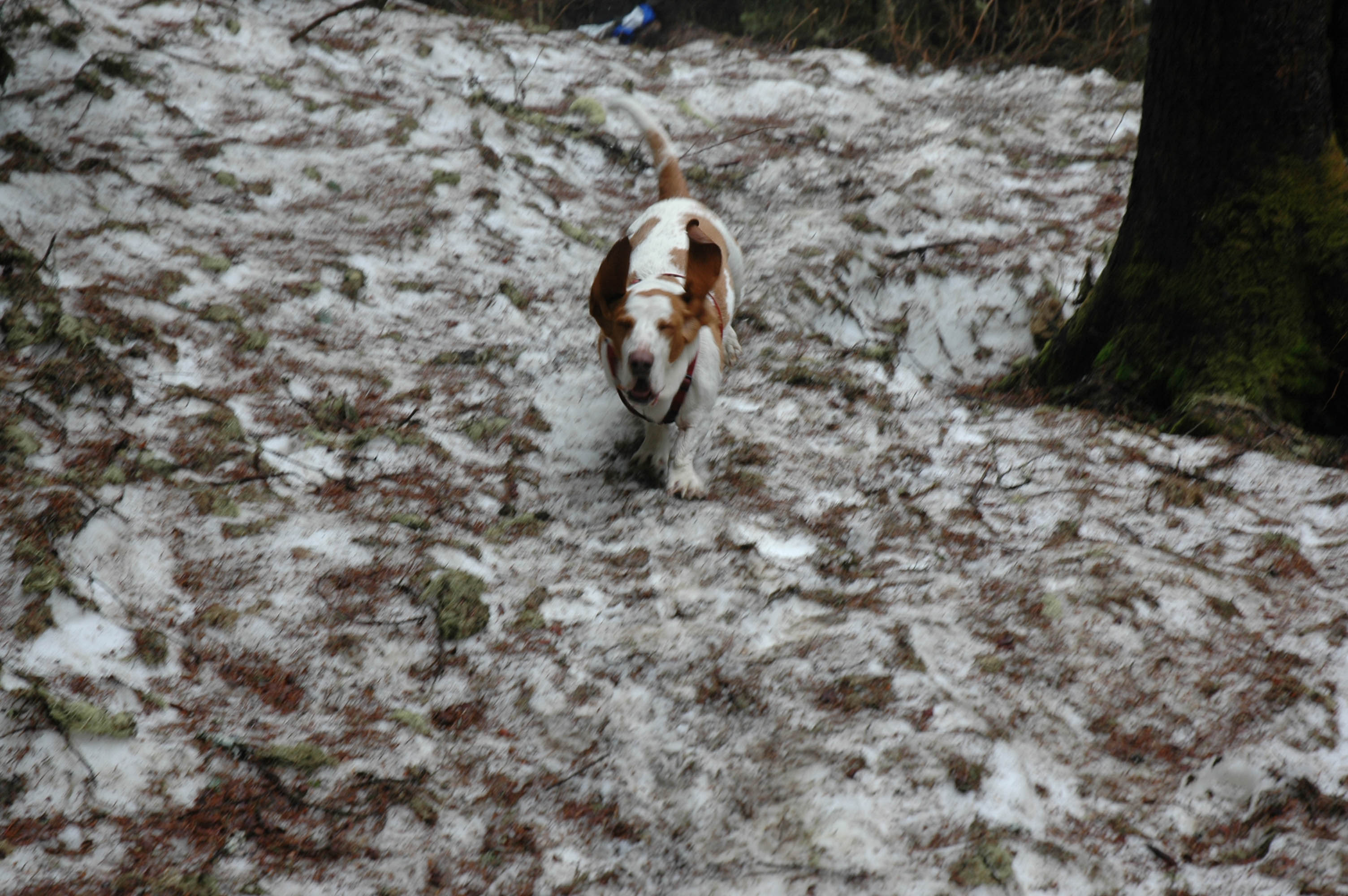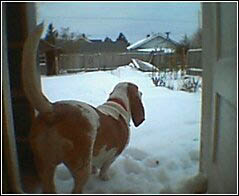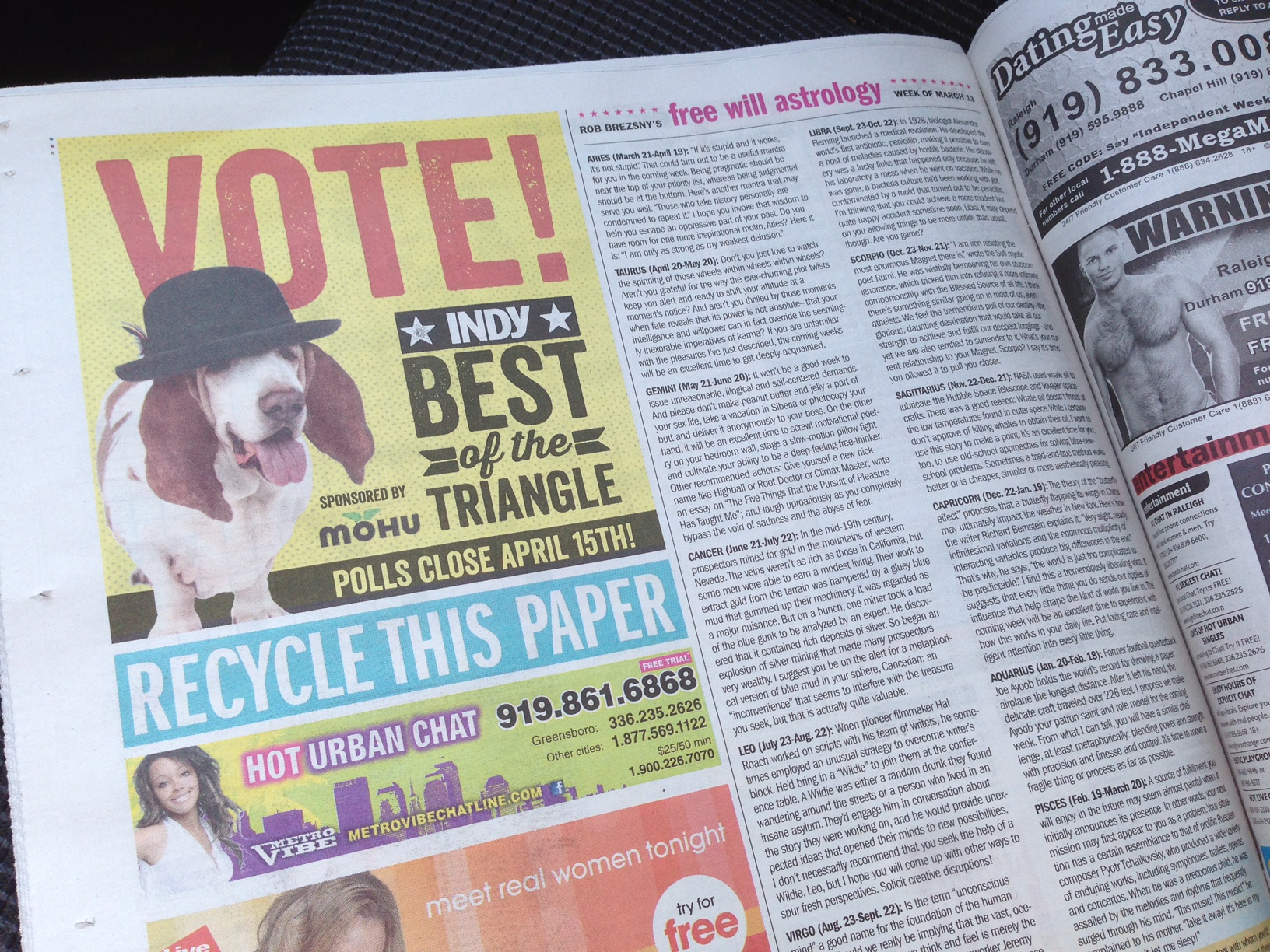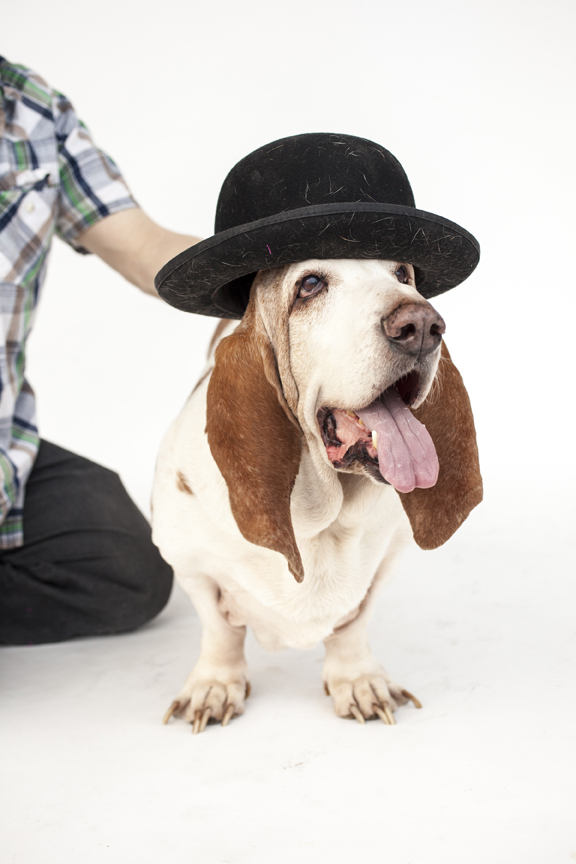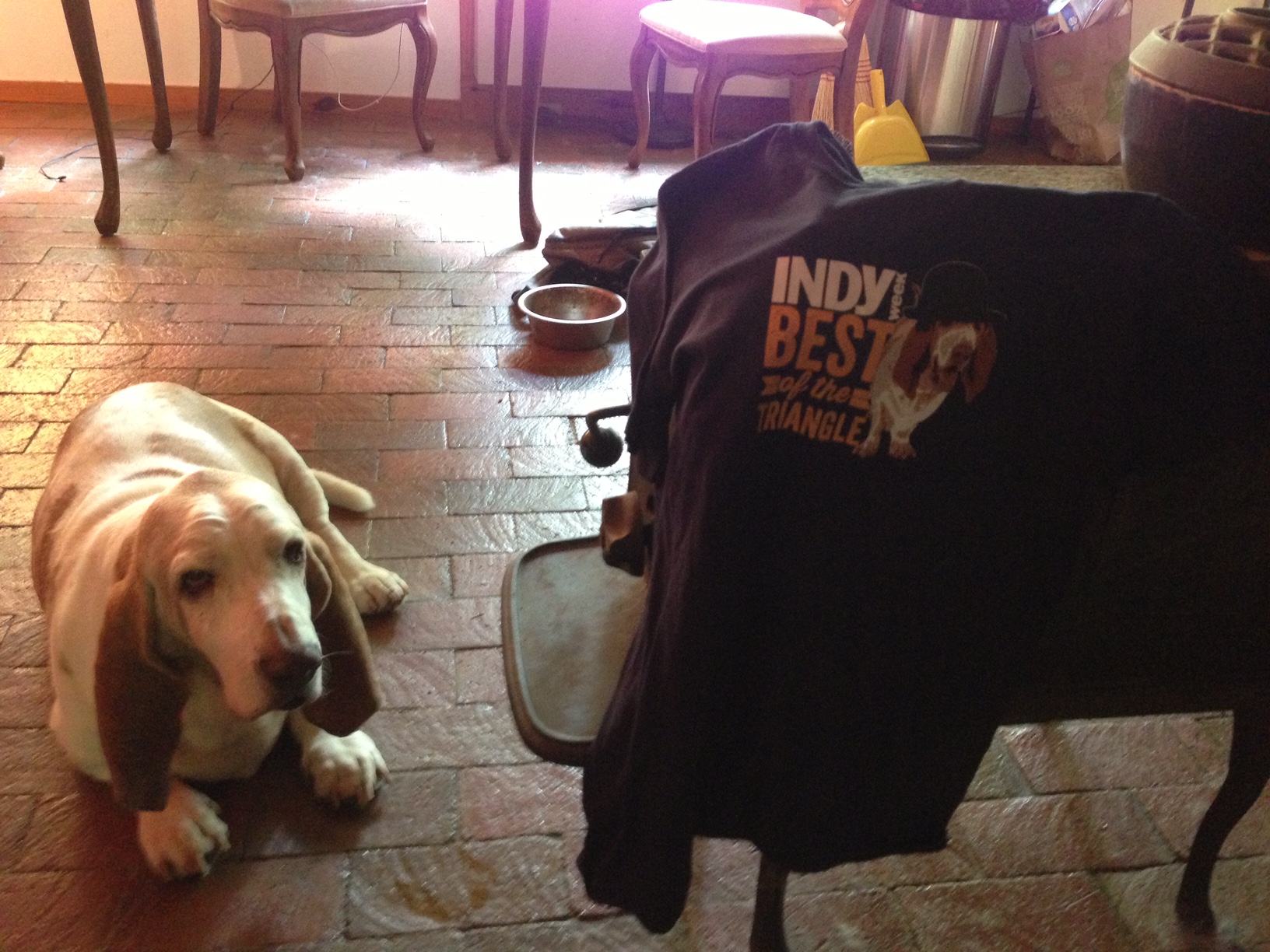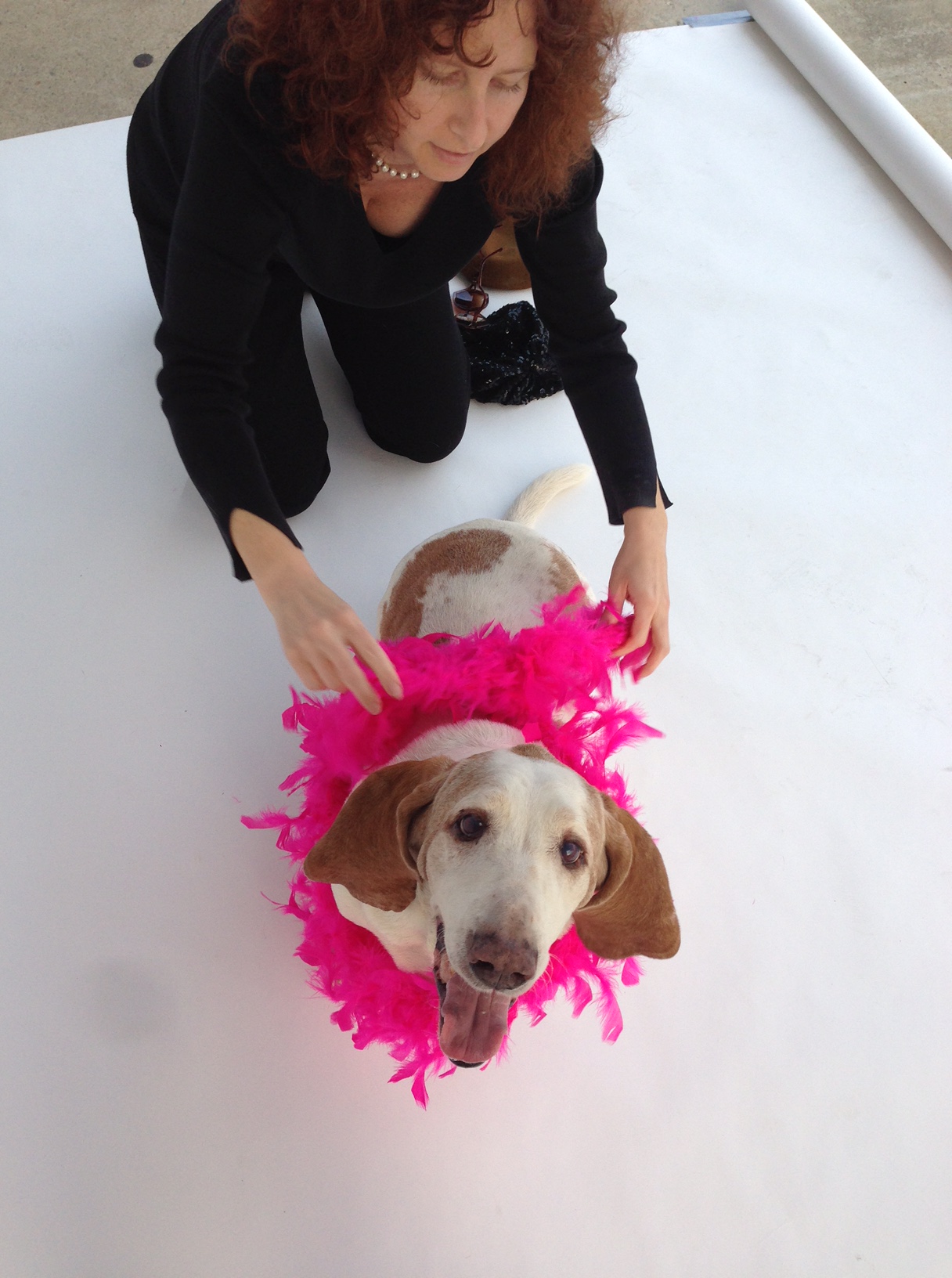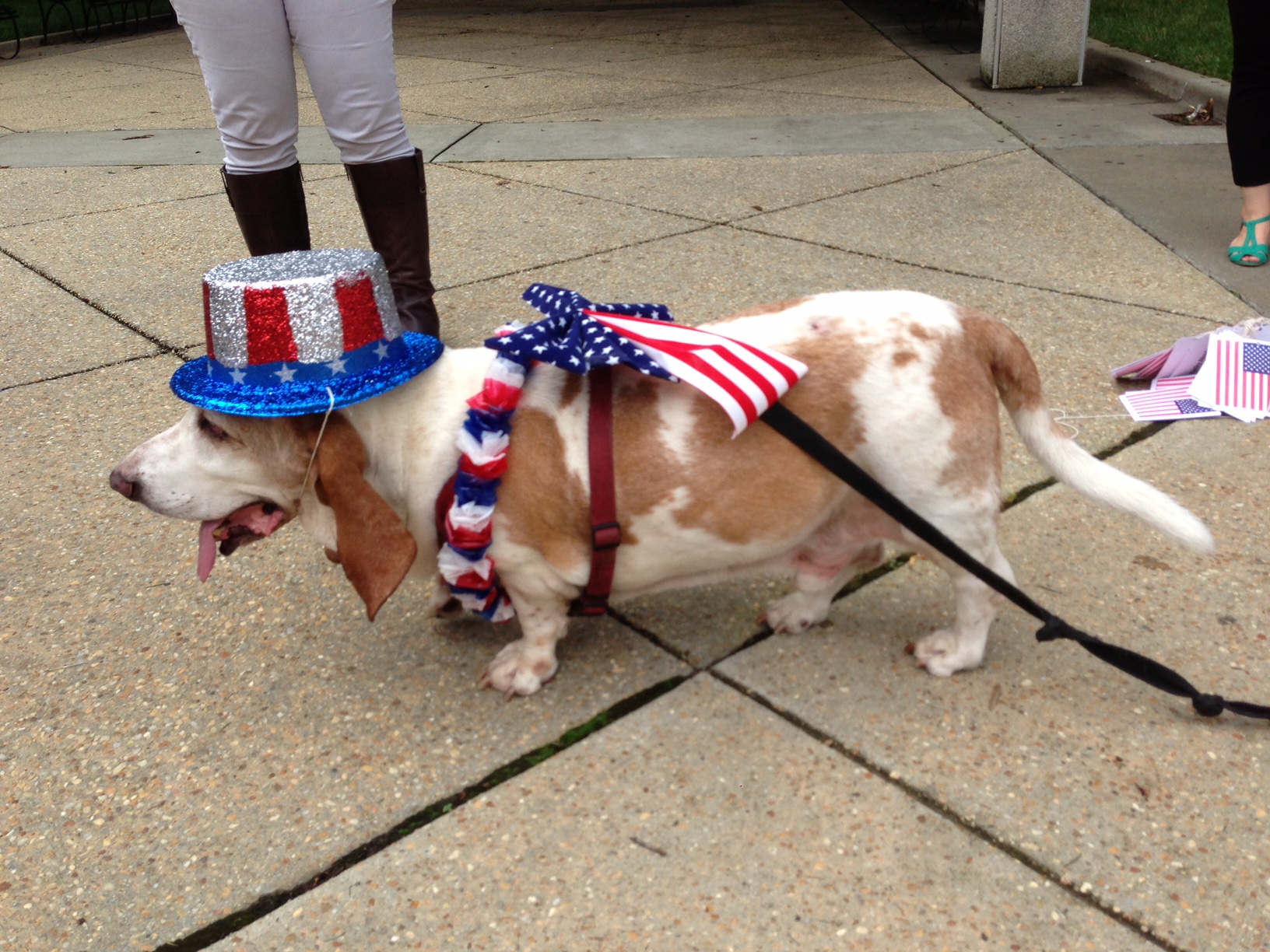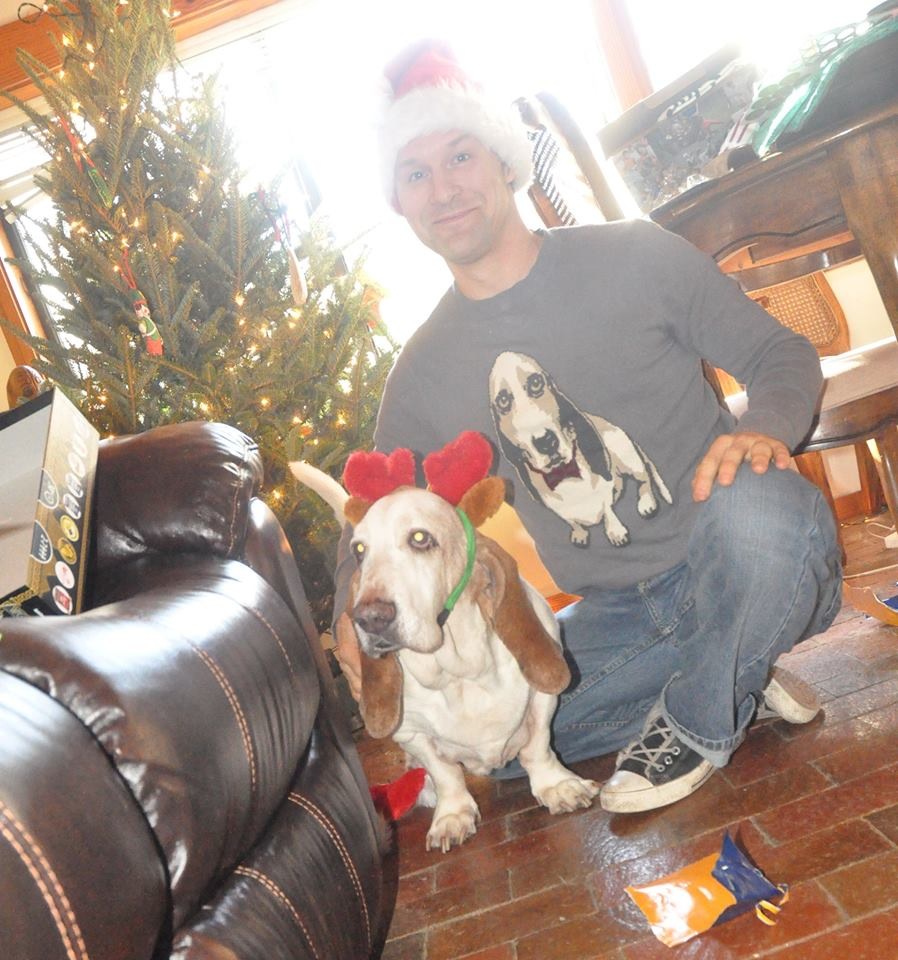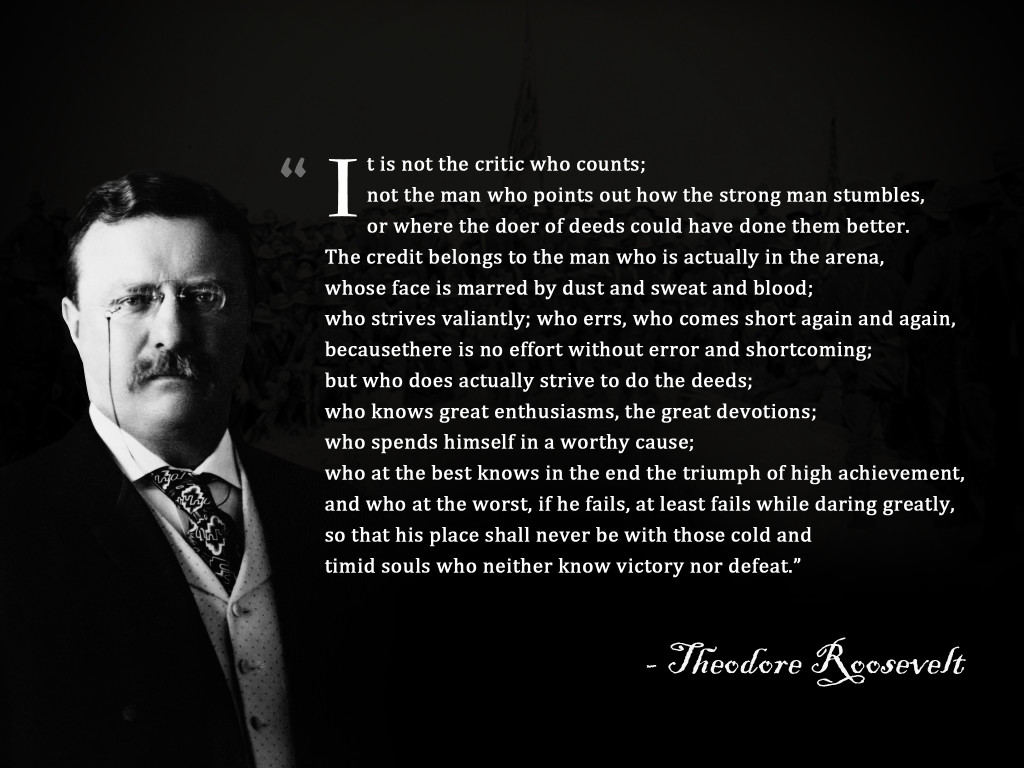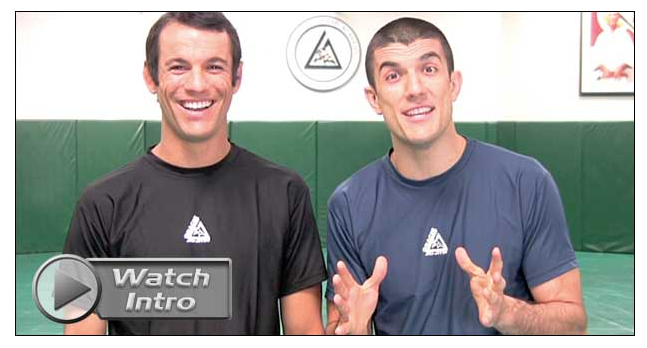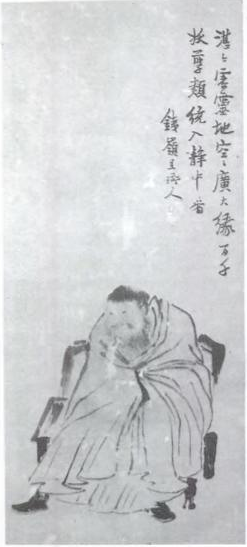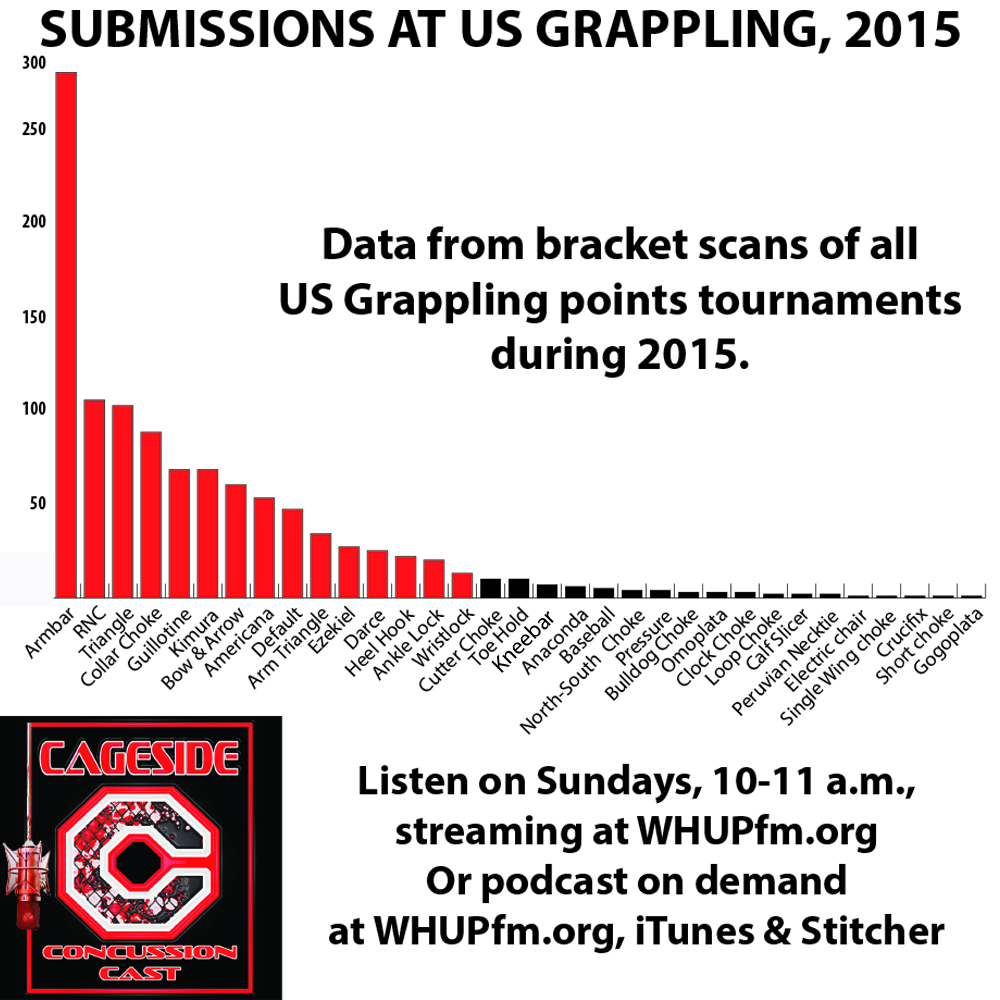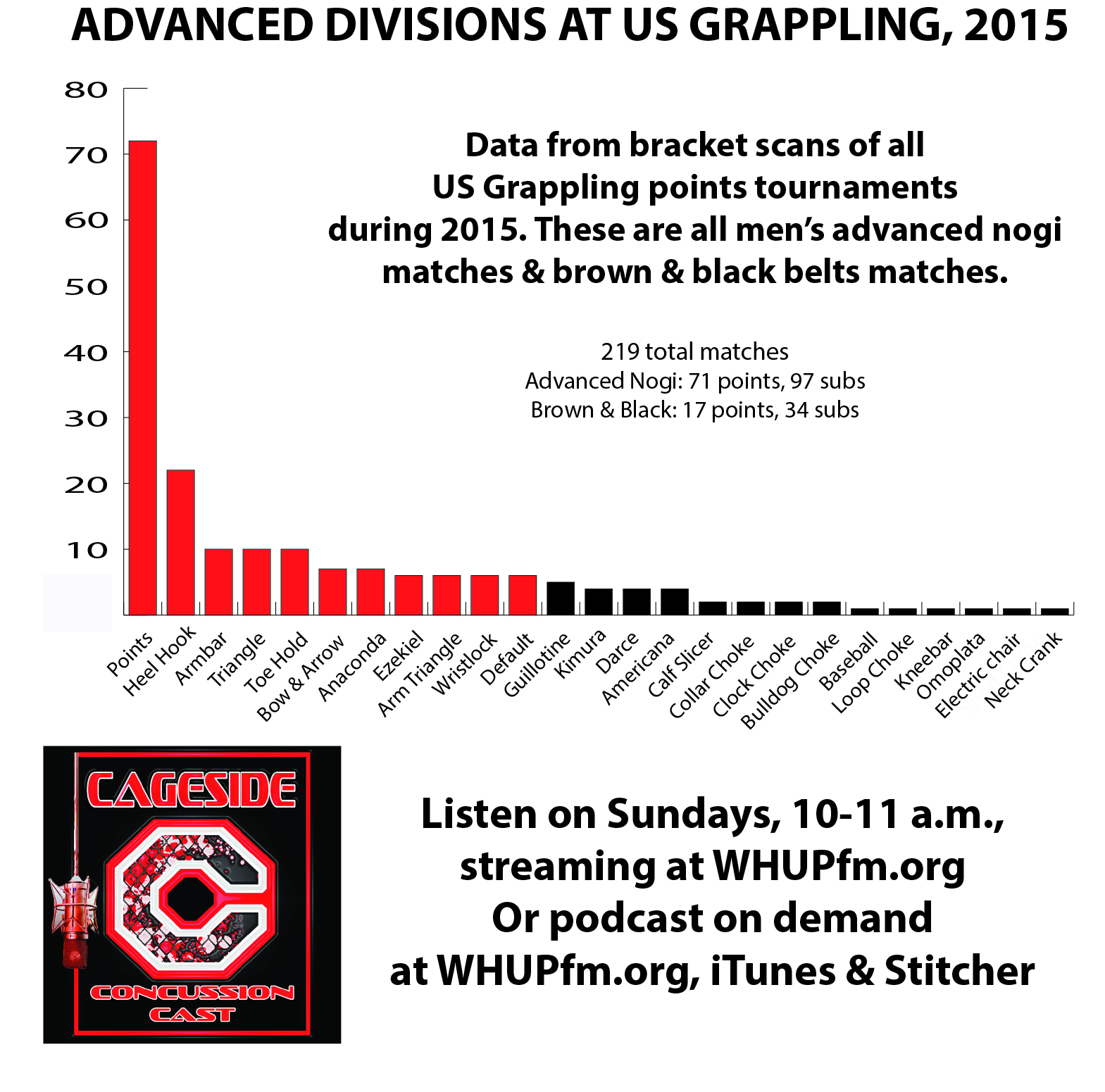For one brief, shining, day, I was a Cub Scout. There are pictures. As it turned out, there were elements about it that I couldn’t abide (conformity) even though, paradoxically, I really liked the uniforms. Yeah, yeah, I’m a paradox.
The one shining lesson from scouting that has always stuck with me from those glorious few hours is simple: be prepared. With the IBJJF’s first trip to North Carolina coming up in a mere 10 days, I know that many Triangle Jiu-Jitsu students are competing with the federation for the first time. Others, presumably, are in the same boat. Hence, a quick post designed to help you not be nervous, not be flustered, not be scared, but to be … well, you know.
Much of this advice applies to any tournament, and I encourage you to check out my Getting Ready For Tournaments 101 post as well. There are particular aspects to IBJJF competition, though, that merit some attention. So even though we’re fewer than two weeks out, let’s start there and proceed.
TWO WEEKS OUT
Make sure you know the rules and scoring system, especially the legal submissions for your belt level. Note: the IBJJF has different rules than US Grappling or NAGA, so while there are overarching similarities, don’t go for that wristlock unless you know it’s legal.
Train hard. Work your cardio. Focus on the moves that you know are your best moves, that you’re most likely to need and use in the tournament. I’m a huge believer in high-rep drilling, so when the time comes, your body legitimately doesn’t know how to do the move any way but the right way. I do a drill called “Perfect Match” where I drill every move on my partner in order, as if the match went perfectly. Then I change my drilling based on circumstances that might occur (I end up on bottom, he gives me his back, etc.). But I drill my best 1-3 moves for each common position. This isn’t the time to learn new tricks, but to sharpen the tools you have.
Eat clean. Drink tons of water. Cut out alcohol, sugar and junk foods, especially if you’re close to weight.
This post isn’t about cutting weight — that could be an entire series — so I will only say two things about that. I don’t recommend cutting much, if any weight. I think you should compete at your natural weight, with you healthy. That means fueling your body with healthy food and lots of water. If you’re close to a particular weight class, though, and want to drop a few pounds, the single most effective method I’ve found is eliminating any beverages from your diet except for water and green tea. Drink a ton of water — I drink 1.5 to 2 gallons a day — until a few days before the tournament. This way you’ll be nice and hydrated, you won’t eat junk calories, and you can shed a few pounds easily without compromising anything.
ONE WEEK OUT
Keep eating clean. You’re eating for performance. If it’s worth doing, it’s worth taking seriously.
A week out, it’s time to taper down your training. Some schools, including Robert Drysdale’s, have suggested competitors not train the week before the competition — that way, you’re hungry and excited and your body has recovered from the hard work it’s done. I don’t go that far, but I do mostly drilling and only roll light rounds, and then only with people I know and completely trust. This is another lesson I’ve learned the hard way: Don’t roll with that guy who sometimes goes too hard. Don’t roll with the guy you don’t know. You’ve put in time, effort, financial resources — don’t let an ill-advised sparring session jack you up 2 days before.
Personally, I drill light on Thursday, run through my perfect match, and then do nothing on Friday. If I’m close to weight, I’ll do yoga. (Hot yoga will take water out of you fast, but it might also deplete you if you’re not used to it.)
If you’re worried about weight, cut down on salt intake a few days before, and water intake 24 hours before. Note: be careful of ibuprofen. I’ve learned that hard way (after gaining four pounds overnight) that it’ll make you retain water. Otherwise, eat wisely, don’t over-exert yourself, and don’t take unnecessary risks.
AT THE TOURNAMENT
Bring:
* a bag of healthy food (fruit, nuts, protein bars) and water
* your ID
* at least one complete spare gi
* music or a book to get lost in if you like
Get to the tournament as early as you can. This isn’t because you’ll need to be there all day (although you’ll probably want to watch your teammates, too): it’s because you want to be familiar with the environment, acclimate yourself to the surroundings, and just get relaxed and comfortable. There will be many mats going, and it can be overwhelming. Give yourself time to get used to it.
Well before your division is called, if you’re close to the weight limit, go to the bullpen — an area blocked off with yellow barriers — there is a practice scale there. You can check your weight. Be sure to do so in your competition gi, so you can be assured of an accurate reading. This will give you an idea of how much food or water you can consume beforehand. If you’re thirsty, your teammates can get you water after you weigh in. More on that in a second.
The schedule will have a rough estimate of when your division will be called. Plan to be in the area an hour before, just to be sure: schedules change. When your division is called, you’ll go to the bullpen. Bring your ID with you.
When it’s time, the mat coordinator will call your name and check you in. Shortly after that, you’ll go to the line to have your gi checked. A worker will make sure your gi meets the IBJJF legal requirements for length and for patches. This is why you need a spare gi: they might disqualify your gi, or your belt, or make you tear patches off. This probably won’t happen, but it’s best to be prepared.
After they approve your gi, you’ll go to the scale. You only get one chance to weigh in, so be sure you’re on weight before you step on that scale.
Assuming you’re on weight, they’ll take you right to the mat that you’re going to compete on. Your coaches and teammates can join you there — and hand you water if you’re thirsty or get dry mouth.
From there, you’ll win your first match. You’ll get a break before you have to compete again. After that, if you have a second match, you’ll win that one too. This continues until you win your gold medal match, and decide to compete in Absolute (you have to medal to qualify for Absolute). Then you win Absolute too.
At least, that’s what I hope for you. Now go forth and have fun out there.
